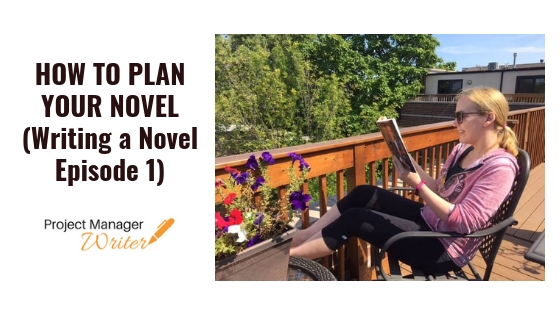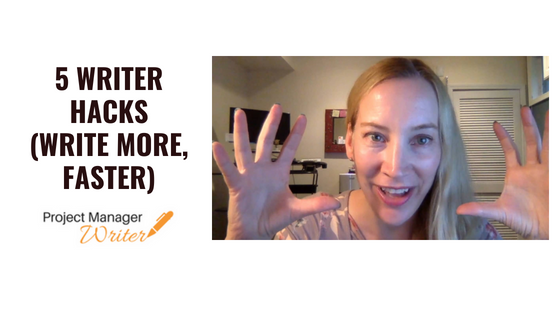7 Ways to Get Past the Saggy Middle of Your Story – Novel writing tips

Like What You Just Read? Share This Story.
About the Author: Courtney Kenney
I’m Courtney Kenney, author and book launch consultant. Like you, I’m on the author’s journey. My focus is to improve my craft, learn new marketing techniques, and sell more books as I grow my authorpreneur business. I want to share what I’ve learned to help you become a more productive and prosperous author.






Leave A Comment